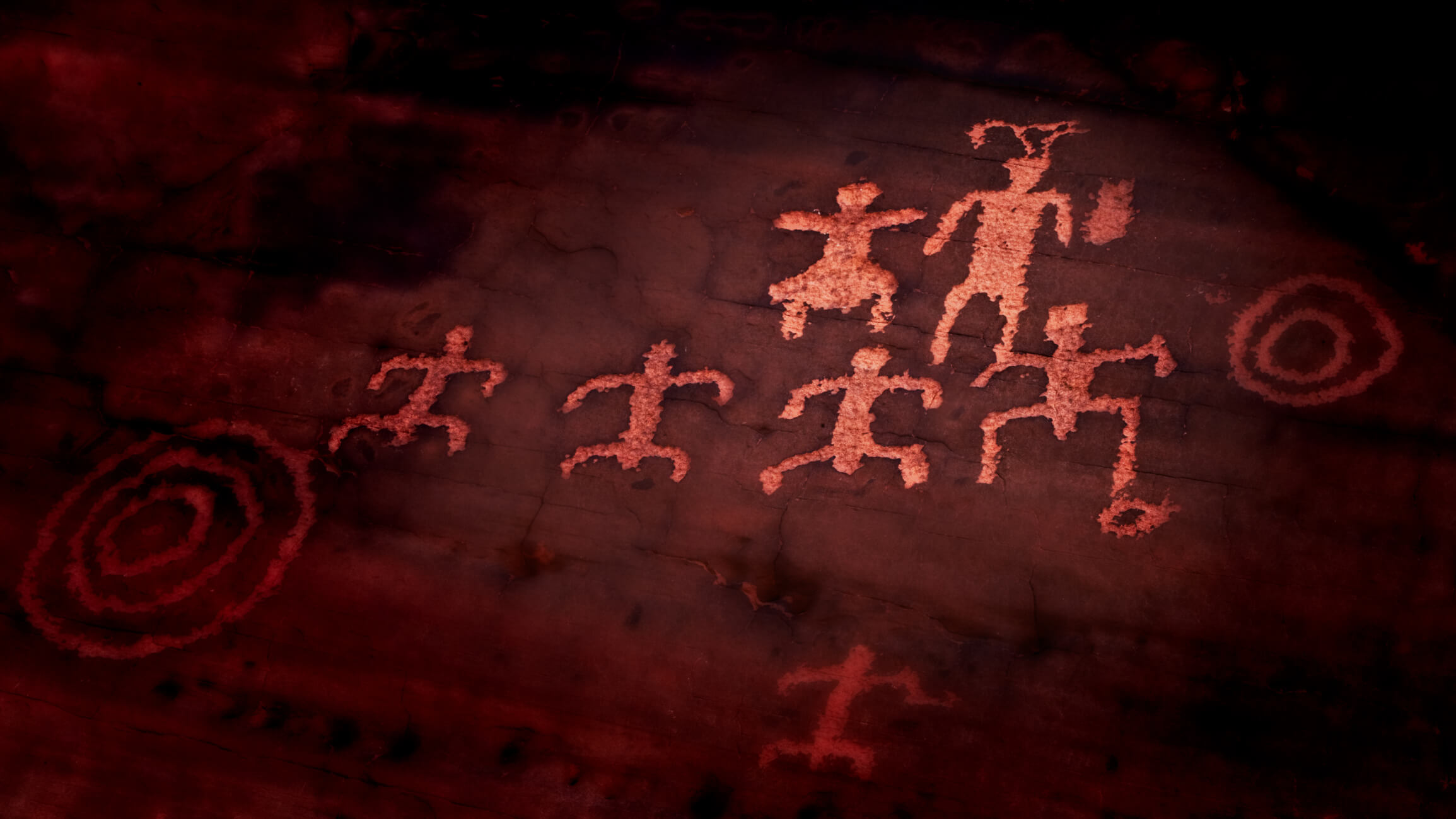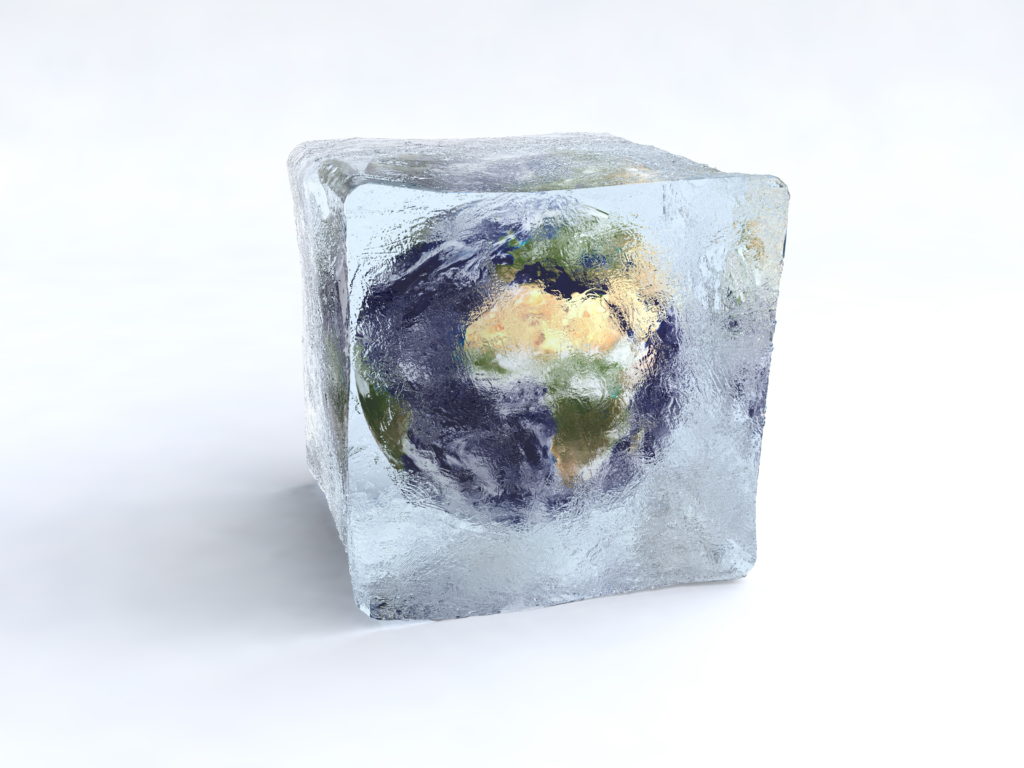All human life is entwined with planet earth. You probably don’t think about it, but every aspect of our society depends on the stable, favorable state of the environment.
Today it is easy to think the earth has always looked like it does now. The reality could not be further from the truth. Scientists have revealed that the climate and even continents have undergone dramatic changes. So how did these events mold the human story?
Historians place human prehistory, or the precursor to us, beginning around 10 000BC. We attribute it to some very clever ancestors beginning the agricultural revolution. Never before has a species on earth farmed crops and lived settled sedentary lives. These are the foundations of modern human civilization.
So what caused this one single leap? Was it a marvel of our genius? An example of brain beating nature? We, humans, are so brilliant after all.
But no matter how smart you are, there’s only so much you can do to outrun an earthquake or a volcano. Mother Earth vs. Einstein is no real match in the end if she chooses to play.
Today, science introduces us to Mother Nature’s all-powerful influence over our lives. It is an influence that has always been there. However, only recently, did a particular set of events set the conditions for our modern lives.
What were these circumstances? Human prehistory is the time as the agricultural revolution takes flight, around 11 000 years ago. It coincides, exactly, with the earth’s movement out of the last ice age. So was it an easy transition out of the last glacial maximum?
Recent discoveries suggest it was anything but a smooth ride. It’s a period, today known as the Younger Dryas event. A time on earth of almost unprecedented violent, long-lasting weather conditions. Does it reveal that there is more to prehistory than we have previously thought?
In this article, we will explore how human prehistory and the Younger Dryas event are inextricably related.
When does Prehistory Begin?
Generally, prehistory is seen as the time before humans began to live in organized civilizations. The first evidence appears in the fertile crescent, at roughly 10 000BC, with the agricultural revolution. From there, it’s thought that there was a gradual rise to when modern civilization begins.
The period in history coincides with the climatic event of the Younger Dryas.
What was the Younger Dryas
The Younger Dryas was an earth period that began roughly 12800 years ago and finished 11600 years ago.
These 1200 years mark the transition out of the last great ice age. It was a period where the earth as a very different place. Ice sheets covered most of North America in particular, and also Europe. Sea levels were much, much lower, with a large proportion of landmass exposed.

Then around 19 000 years ago, global warming began, and these vast ice masses began a steady melt.
The problem is that ice ages generally don’t end quickly. Today we still don’t understand how the earth can exit an ice age. The glacial maximum should have taken many years to disappear completely, but then the Younger Dryas period began.
At 12800 years ago, global temperatures rocketed up by as much as 15 degrees Celsius in only a few years. Suddenly, a large portion of the ice sheets melted, and the earth emerged out of the full ice age. Here marks the start of the Younger Dryas.
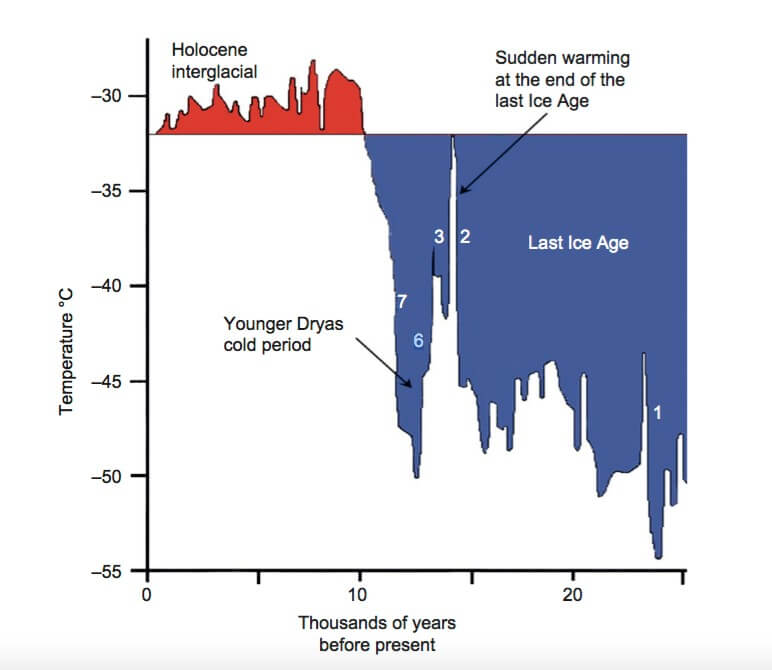
Human prehistory coincides precisely with the transition out of the last ice age, known as the Younger Dryas. Source
There is no consensus on what caused this rapid rise in global temperatures, and, there’s more to the mystery.
In a geological instant, the earth returned to almost full glacial conditions. Temperatures dropped as low as they had been at the peak of the ice age. This climactic period lasted around 1200 years. Then, once again, temperatures abruptly spiked back up at 11,600 years ago.
It is the date that the Younger Dryas ends and human prehistory begins.
Coincidence? Highly unlikely.
Younger Dryas Global Warming & Climate Change
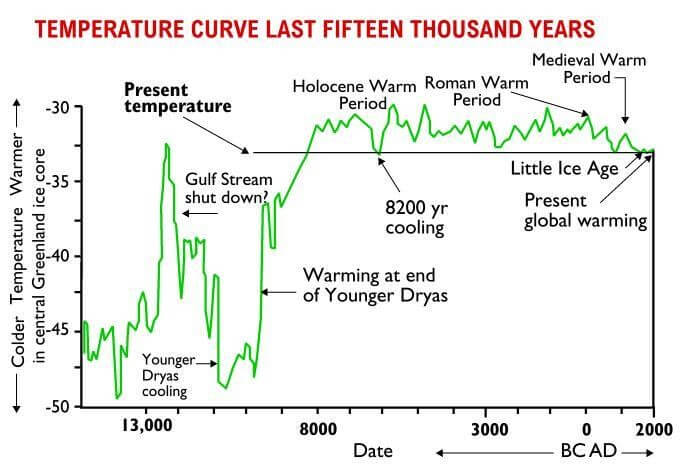
Global warming and cooling during the Younger Dryas & human prehistory. Source
In the 1990s scientists began to understand what happened to earth’s climate in human prehistory. A group of researchers painstakingly measured global warming and climate change data in the Greenland ice core studies. They were able to produce the most accurate records of temperature change in the earth’s past.
Data revealed that the Younger Dryas was a spectacular chapter in earth’s prehistory. Changes in temperature were found to be a staggering ten degrees Celsius in 10 years. The earth, as it turns out, was violently pulled out of the ice age.
For all life on the planet, and humans, it must have been a harrowing period. Global sea levels rose an estimated 400 feet. Almost 75% of all megafauna on the planet were wiped out. Human populations also declined, with the disappearance of the North American Clovis ancient society from the fossil record.
Then, around 11,600 years ago, the Younger Dryas prehistory period ended.
Here marks the beginning of the earth period known as the Holocene. It has been the most stable period in terms of climate we have seen in at least the past 100,000 years.
These are the conditions we consider normal today. We can also attribute everything about modern society to this climate too.
What happened during the Younger Dryas cold event?
Let’s try and think about what it was like to live during the Younger Dryas. Most notably, there was far more land mass exposed.
At the glacial maximum, global sea levels were at the lowest they had been in thousands of years (roughly 400 feet lower than present day).
Prehistoric earth had an extra 10 million square miles of land exposed. That is about the size of Europe, and China added together.
Now, how did it all disappear?
Fast glacial melting and rising sea levels left conditions that were likely very difficult to live during this period. These conditions are the context of human prehistory.
The speed of the ocean rise helps to picture what events outlined our prehistory. Oceanographers and marine geologists report what they call ‘meltwater spikes’ that occurred during the Younger Dryas. These are flows of fresh water from the ice cap into the oceans.
There are two distinct glacial melt periods of prehistory.
- Meltwater pulse 1-A (About 13 000 years ago)
- Meltwater pulse 1-B (About 11 600 years ago)
Each coincides directly with the two extreme warming events that start and end the Younger Dryas. This evidence points to rapid sea level rises due to two ice cap melting instances.
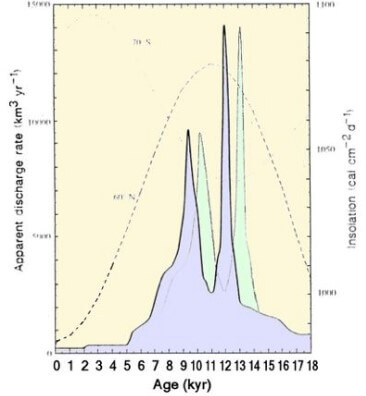
Younger Dryas sea level rises measured as Meltwater Pulse A & Meltwater Pulse B. Source
As the North American ice cap melted, floods of meltwater during the Younger Dryas were sent across the North American continent. The world’s sea levels also rose upwards of 400 feet.
Such a drastic sea level rise resulted in vast portions of land being swallowed up by the sea.
It equals the landmass of China and Europe being flooded by a Tsunami. Once the ocean levels rose, the continents and sea levels sat in their modern form.
Then human prehistory begins.
What caused the Younger Dryas?
Scientists are not exactly sure as to what causes the earth to enter and exit ice ages. They also don’t agree on what caused the Younger Dryas global warming or cooling.
The conditions we see today are known as interglacial periods. Geologists can’t explain how the earth moves from prehistoric glacial periods to interglacial ones. The paradox is that it’s thought more ice should reflect the heat of the sun, keeping the planet in permanent, descending temperatures.
The Younger Dryas is, therefore, an even bigger mystery. Temperatures bottomed out in a way not seen in regular earth periods. How the North American ice sheet vanished in such a short period is a big part of this. It was the most significant contributor to rising sea levels.
To date, the most widely accepted theory is that steady global warming affected the seas around the ice sheet. The steadily melt then continued until the glaciers completely vanished.
There are a number of big problems with the steady-melt theory.
Three of these include:
- The Greenland ice-core temperature data
- The speed at which the glaciers melted
- Other events and conditions around the planet.
Was there a Younger Dryas cataclysm?
The end of the last ice age occurred with immense and abrupt climatic change all over the planet. Currently, there is no consensus on the main cause of these events. For scientists to accept theories, there needs to be enough evidence.
Today, studies have revealed the size of temperature change during this period. It brought some to suggest more sudden theories as to what caused the Younger Dryas.
The amount of ice that melted during this short time is a problem with the gradual melt theory. The North American ice cap spanned the entire of modern-day Canada and the north of the US. There were also glacial ice sheets across South Western Europe and the UK. An estimated 7 million cubic miles of ice made up the ice cap, which was as much as 2 miles thick in some parts.
For this volume of ice, the amount of energy needed to melt is very, very high. Add to the problem of such a short period seem to exceed any gradual processes. In order to produce such a high amount of energy, scientists have suggested more cataclysmic causes of the Younger Dryas.
These include:
- The Younger Dryas Comet hypothesis
- The Younger Dryas Solar Flare hypothesis
While the consensus is not in, a cataclysmic demise of the North American Ice sheet may solve issues of the gradual melt theory.
Problems with gradual glacial melt theory:
1) Global warming evidence
The science of global warming has revealed that even small changes in earth’s temperature can have disastrous impacts on climate.
The Younger Dryas was a period of large temperature fluctuations. Records reveal that there were climate shifts up to half of the entire difference between ice age and non-ice age conditions.
Today climate change science reveals that two or even three-degree changes would have drastic results to the earth.
The Younger Dryas period had ten-degree shifts in temperature in as little as a decade.
2) Human population decline
The conditions of the Younger Dryas has impacted those living on the planet at that time. Before the time of human prehistory was a decline in existing ancient societies. Human populations have been found to of been depleted or in some cases, completely disappeared. In this period the Clovis culture of North America was nearly wiped from the record, with only a few tribes surviving.
Fossil records reveal a distinct layer of Clovis remains that date back to the Younger Dryas. The numbers then plummeted, presumed perished as the ice-sheet melted and temperatures changed.
The Clovis culture was the dominant human population throughout North America at this time. Their sudden disappearance provides evidence that there may have been a cataclysmic cause of the Younger Dryas.
3) Megafauna mass extinction
Before the Younger Dryas, North America was home to the world’s biggest population of megafauna. Including Wooly Mammoths, and Sabretooth Tigers, 15 genera of species went completely or near extinct. The event can be precisely dated to 12 900 years ago.
They account for 75% of these megafauna species in North America at the time.
Conclusion:
The human origin story is punctuated with pivotal events in history. As modern humans, the agricultural revolution is one of those significant points.
Recent scientific discoveries about the Younger Dryas introduces a big question as to how humans took the leap into modern society.
The Younger Dryas undeniably shaped human prehistory and our modern lives. Finding out what caused this mysterious event will provide a pivotal piece in our origin story.
Further Reading:
- http://myweb.wwu.edu/dbunny/pdfs/easterbrook_geologic-evidence-of-recurring-climatic-cycles.pdf
- https://www.nature.com/articles/342637a0
- https://www.sciencedirect.com/science/article/pii/S0277379199000621?via%3Dihub
- https://www.ncbi.nlm.nih.gov/pmc/articles/PMC34297/
- http://www.pnas.org/content/104/41/16016.full


